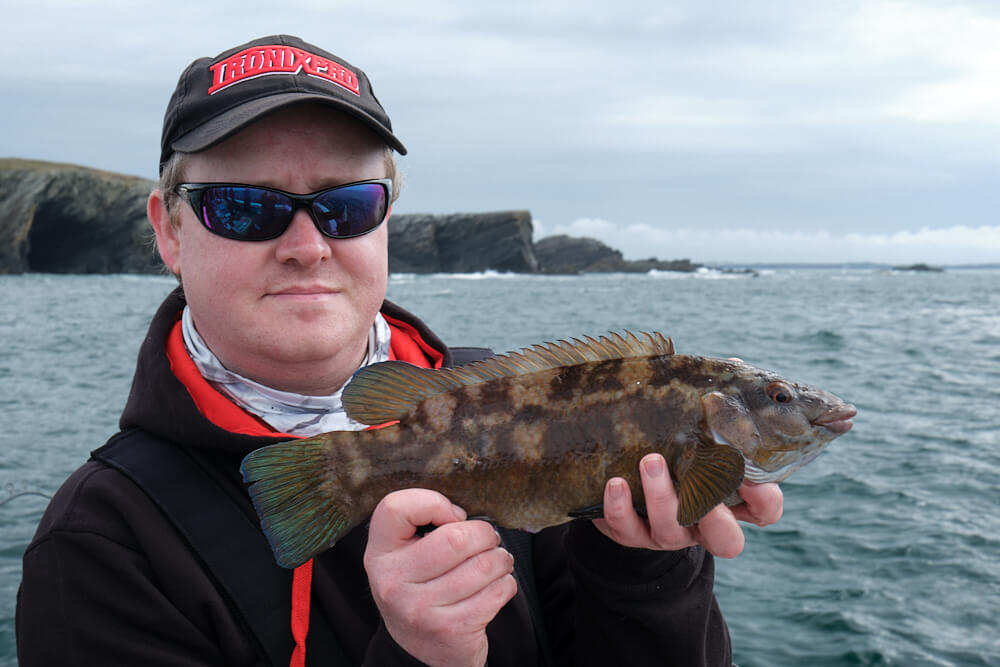It’s easy to assume that catching fish from boats is a certainty. It’s not! Even offshore fish can be less inclined to feed due to many factors such as weather conditions, tides, food availability and even water clarity. Also, the months of February to April can really test the ability of the angler due to large numbers of fish being far offshore spawning, dramatically reducing over numbers inshore.
If you stick with standard tactics during these conditions when fish are short in numbers or selectively feeding, your catches will be low. To maintain catches and sometimes just to get a bite or two, you need to scale down your tackle to improve presentation.
What to Target
Over clean sand when drift fishing your target fish will be dabs, whiting, small turbot and plaice, gurnards and maybe smaller rays such as thornbacks. Fishing over mixed broken ground with patches of rocks and sand, or over rougher reef ground the species to target are ballan wrasse, corkwing, cuckoo and goldsinny wrasse, smaller pollack and coalfish, small ling, codling, poor cod, bream, and in some area’s haddock.
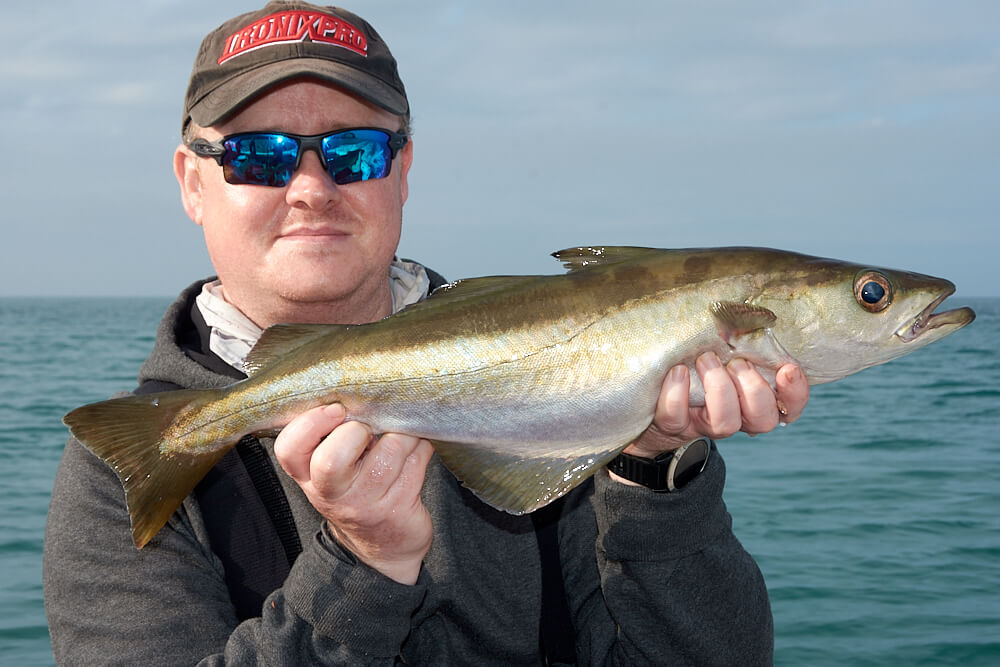
Ground Feature
Rarely will you find totally clean, flat and featureless areas of sand. The worst-case scenario will be that the sand will break up into areas where tidal flow has created shallow ridges in the sand. More typically, patches of gravel or shingle lay among sand, or shallow rising sandbanks, patches of broken ground are also common.
A good tip is to try to position yourself where you can see the Fish Finder in the cabin and keep glancing across to get an indication of any obvious seabed changes. Alternatively, ask the skipper to shout out when the drift of the boat is about to bring you across a seabed change and what it is. Most good skippers will do this as a matter of course anyway.
Weather and Tides
Catches are likely to be more difficult when sea conditions have been settled for a few days, especially if the barometric pressure is very high, any wind is coming off the land, and you’re fishing bright sunny conditions with good water clarity. This creates a relatively flat sea with minimum swell that has little if any effect at seabed level to help disperse food. Light also penetrates deep into the water column, and this is a major factor in reducing feeding activity. In these conditions fish will be well scattered over the ground and basically, over clean sand, you’re targeting individual fish.
Broken ground gives the best chances, with fish tending to be concentrated over and around the rougher patches.
Naturally, smaller tides with less tide flow tends to see the fish again well spread. The middle hours of the flood and ebb will normally produce the best fishing when tidal movement encourages fish to feed. On the bigger tides, the fish will be more grouped up around specific feature such as small rock pinnacles and structure that will break the tide force. Clean sand fishing can be less effective on the bigger tides, with the peak flow periods producing fewer fish as it sees them expend more energy. Over broken or rough reef ground, the fish will group up around rising boulders, peaks and ledges during the peak flow and catches are easiest at this time.
Boat Scratch Fishing Tackle
Rods in the 10ft to 12ft length work well on boats for this type of fishing in water roughly up to 100-feet deep. Choose the ones with a selection of supple tips including light, medium and heavier with a rating for weights between 2 and 5ozs. We fish with the Tronixpro Banzai Mullet rod, the tips give it great versatility, and it matches perfectly with a Virtuoso Air 8000 loaded with X8 Power Braid in 20lb. Add a 20lb Axia Fluorocarbon leader 1.5 times the length of the rod to give a clear visual gap between the braid and the rig and to give abrasion protection to the braid when fishing over rougher ground.
On clean sand, choose a simple sliding ledger rig. Slide a Tronixpro Boat Boom onto the shock leader followed by a 5mm plastic bead. Now tie on a size 2 Tronixpro SS2 Rolling Swivel. To the free end of the swivel, tie on 60-inches of 20lb Axia Fluorocarbon. Bring the tag end of Fluorocarbon back on itself to roughly halfway forming a big loop, then tie in a figure of eight knot at that point to secure the loop. Below the figure of eight knot, cut the loop to leave a short tag end about 8-inches long and tie on a size 4 or 6 Tronixpro Aberdeen or T31 Fine Surf hook. Add another hook to the long tag end of Fluorocarbon, and you’re ready to go. Use these hooks sizes as starting points but don’t be afraid to go much smaller, if need be, even down to size 12’s or 14’s and reduce the Fluorocarbon to 10 to 12lbs. Good hooks for scaling down are T63 Keiryu, T78 Kairyo Han and Wormer hooks.
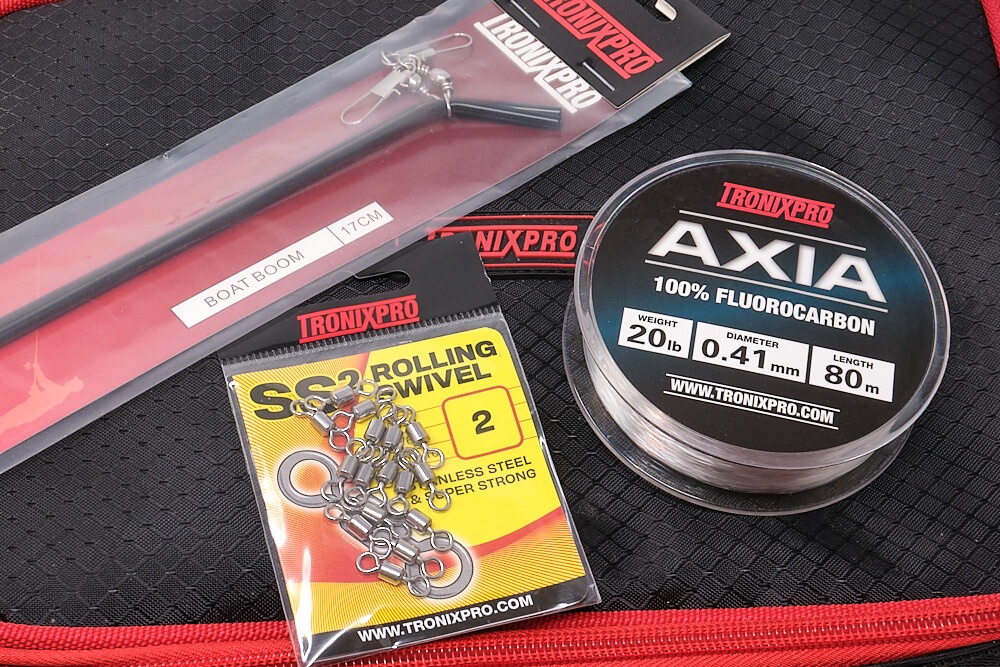
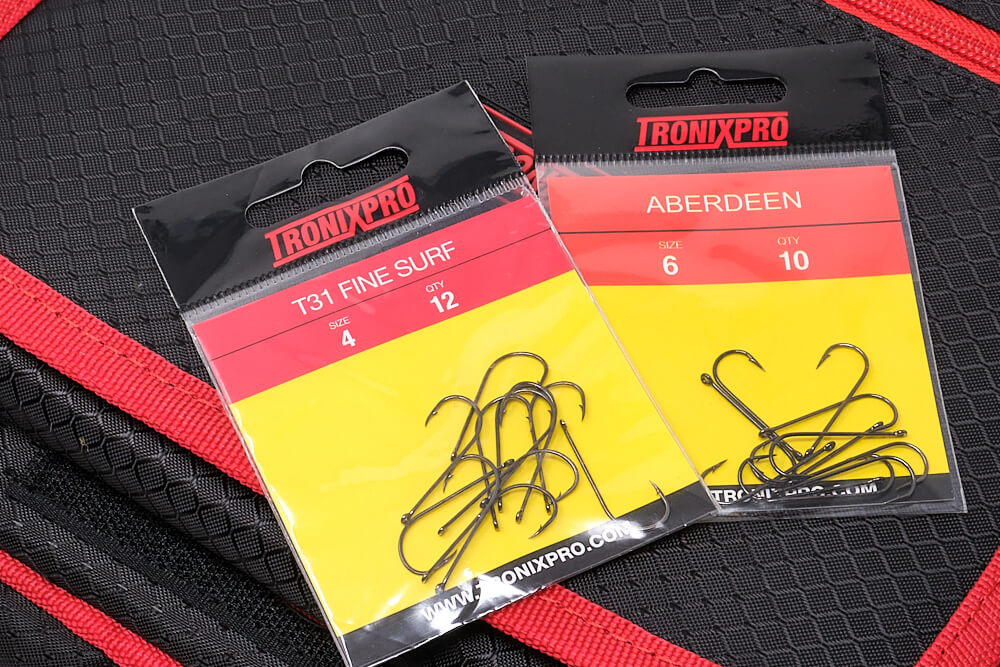
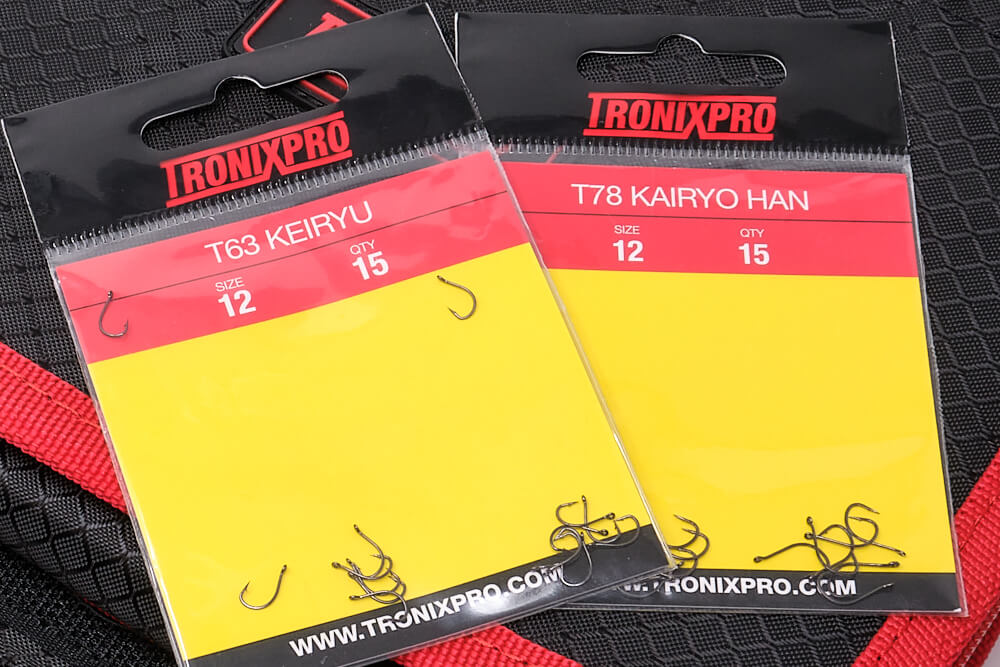
Over reef and rough ground, choose a 2-hook paternoster rig using shorter 12 to 15-inch hook lengths of Fluorocarbon between 10 and 15lbs. Again, go lighter and use smaller hooks if need be. A good tip with this rig is to have the lower 12-inch hook length positioned tight behind the lead link, with the top hook length much longer between 20-inches and 30-inches and fished with a small fish strip. This top hook targets pollack, coalfish and any other species that are swimming higher up off the bottom.
Round ball weights tend to snag less than bomb shaped leads, so bear this in mind.
Baits for Boat Scratch Fishing
It goes against the grain with boat anglers, but you need to dramatically reduce the size of baits to get bites. Small sections of blow and black lug or ragworm work for a variety of species, the rag being especially good for all the smaller wrasse as well as pout and poor cod, pollack and coalfish.
Mackerel strips work for most species especially dabs, turbot, haddock, gurnards, whiting, ling, pout, poor cod, pollack, coalfish, bream and small rays. Keep the strips about 1in or less for the smaller fish, but when after small rays and ling, go to 1.5-inches. Squid and strips of sandeel cut the same way can also be deadly.
Peeler crab can be a killer for the wrasse, but again keep sections small around the size of a 5p piece and add a peeled crab leg to the hook point to encourage the fish to take at the hook point.
Don’t be set in your ways and keep fishing the same size of baits. More often than not a change to a much smaller bait, say a strip of fish a 1/3 of an inch in length, can induce a bite you would not get on a bigger bait.
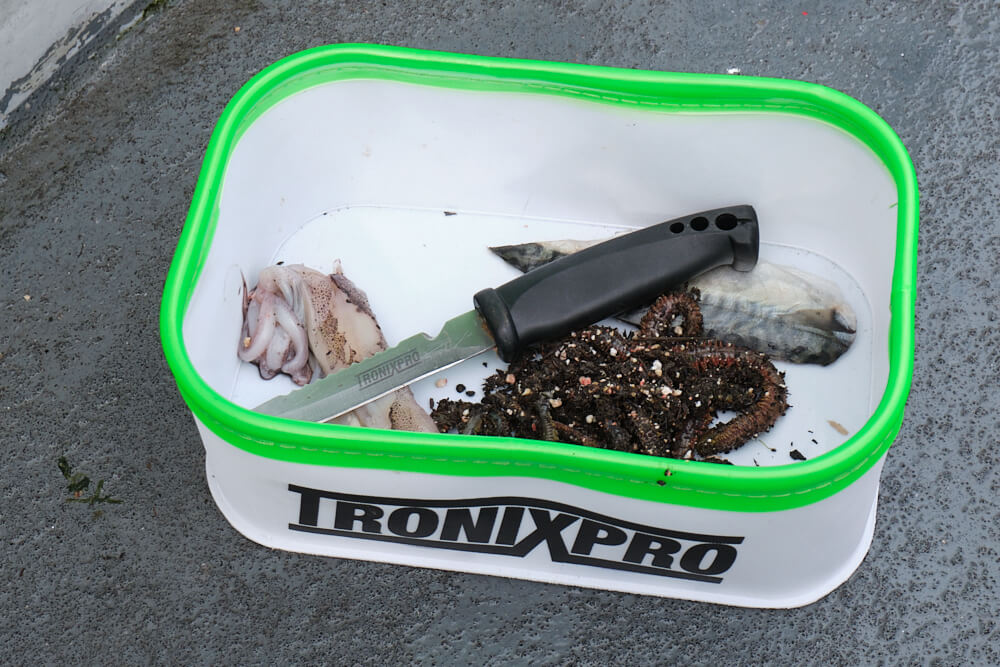
Methods
Keep lead weights as light as you can get away with. This lightweight tackle allows you to feel the weight as it works over the ground feature and keep in touch with the seabed to maximise bites and minimise potential tackle loss.
Hold the rod all the time. When you feel the lead weight hit bottom, lift the rod a little and feel what the lead does. If it lifts off the seabed and loses touch completely, try releasing a few feet of line, but avoid having the line fishing at a shallow angle. It needs to be neat vertical for optimum fishing. If the lead stays mostly in contact with the seabed, it’s perfectly adjusted. If it doesn’t, replace the lead with one an ounce heavier and repeat the test process until you just have enough weight to maintain contact with the bottom.
Be prepared to change bait sizes, hook sizes and the breaking strain of your hook lengths, going lighter and smaller until you start to get bites. There will be a point that suddenly starts to produce bites. It’s just a matter of work rate to find it.
Coloured leads can sometimes pull inquisitive fish in nearer the baits and induce a take. Also try adding a single 3mm Tronixpro Luminous Bead just above the hook if the water clarity is slightly coloured.
Also try combination baits, as these sometimes can also trigger a response when individual baits do not. Think in terms of tipping a small section of lug with a tiny square of mackerel, squid or sandeel. Peeler crab tipped with a scrap of mackerel is another. Rag tipped with sandeel, or squid can also work, but keep the tippet baits tiny and at the hook point.
